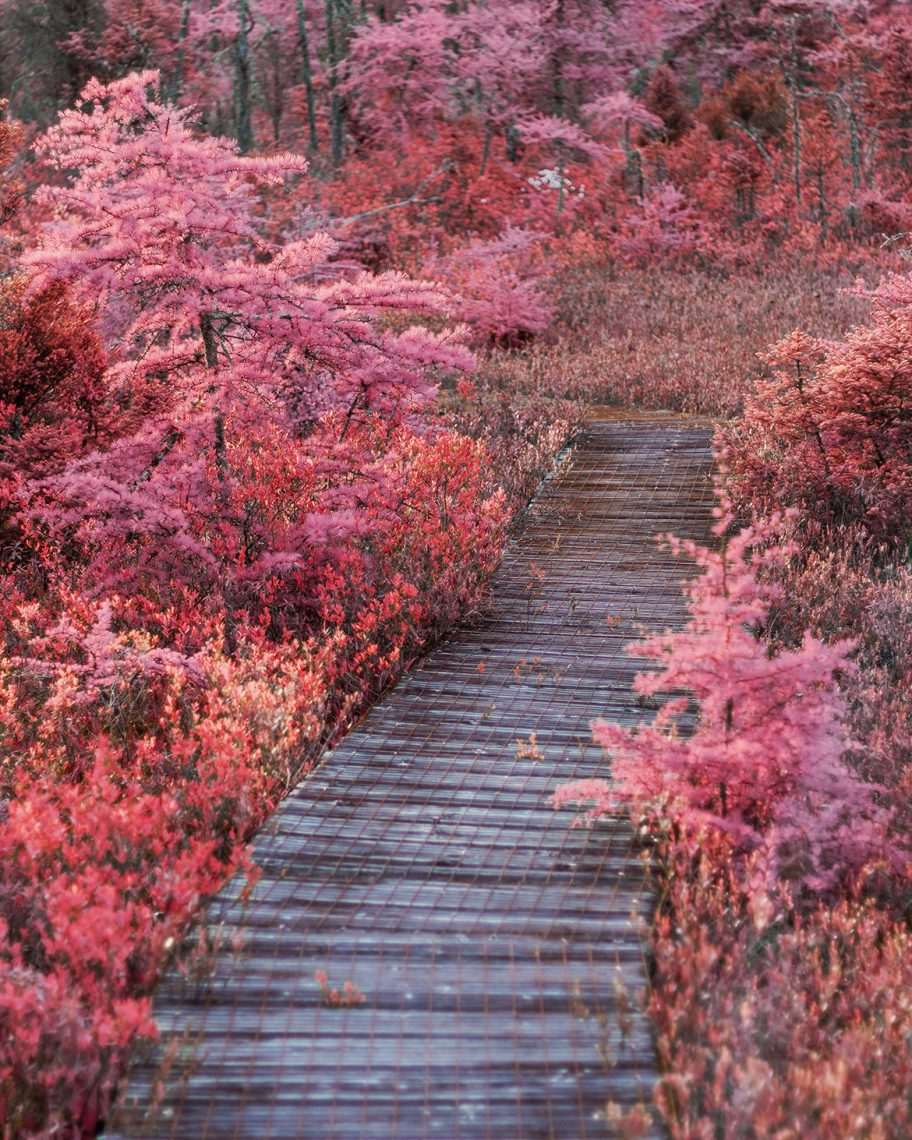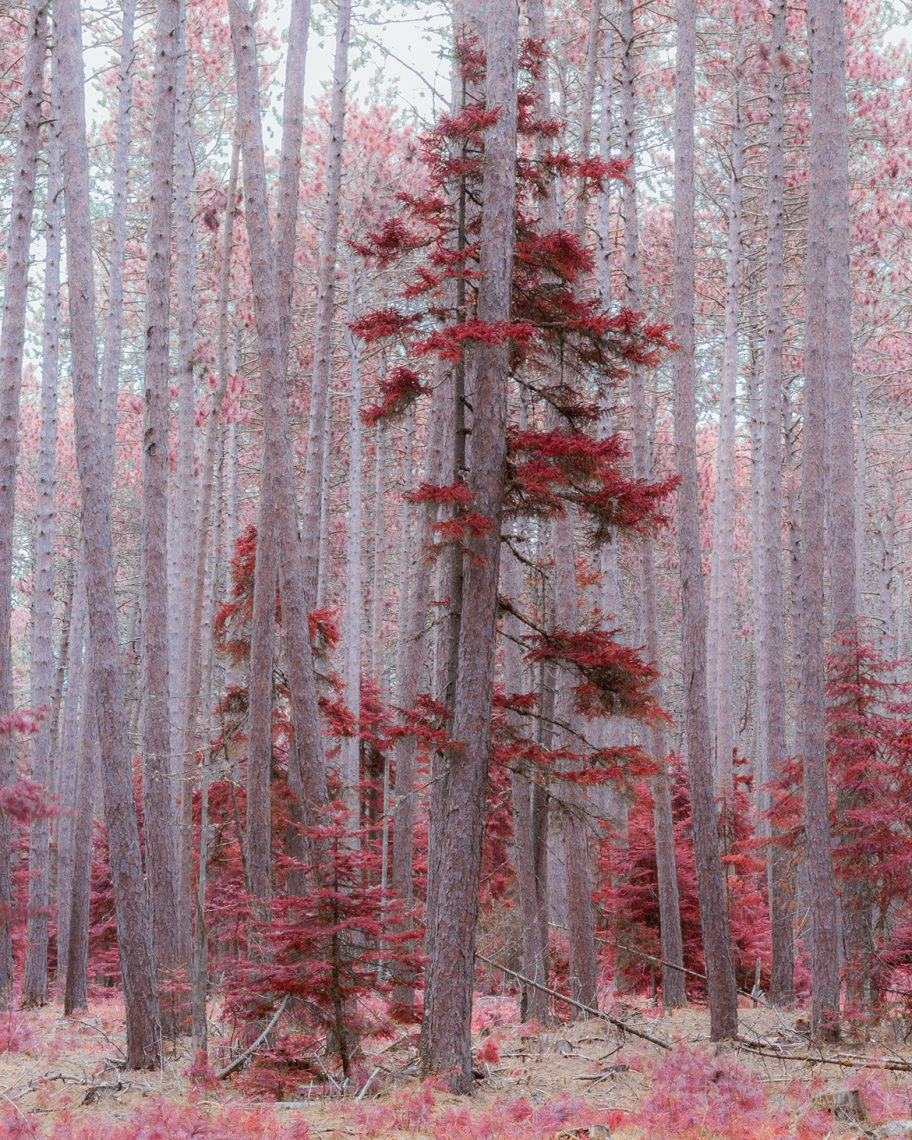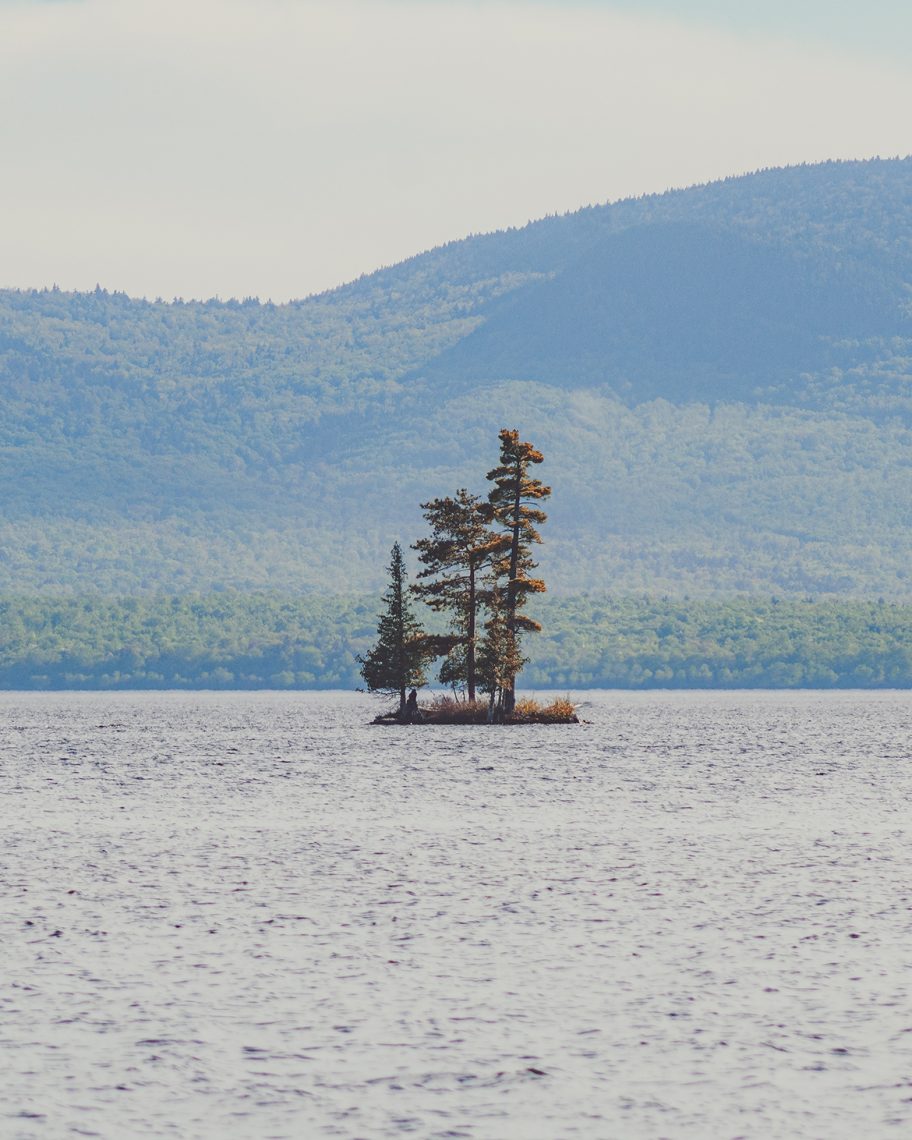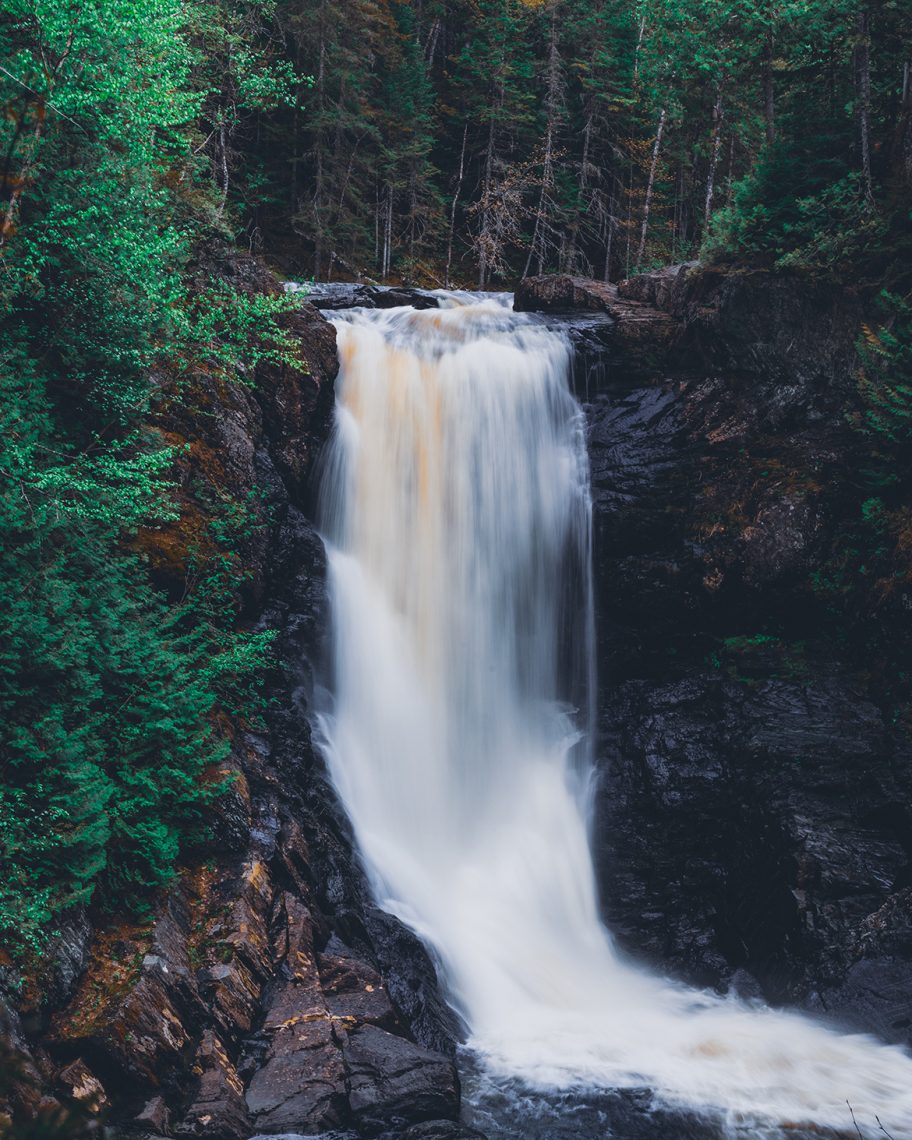Science writer and photographer Isaiah Wilson-McFarlane ’20 gets metaphysical about scenes of entropy that can be seen everywhere in nature — once you know what you’re looking for.
Have you given entropy much thought lately? Been seeing more of it in the neighborhood these days? If not, perhaps your luck is about to change. For this month’s dispatch on the science behind the natural splendor of our environs, Isaiah Wilson-McFarlane ’20 explains what we’ve probably been overlooking when it comes to discerning entropy all around us. Regardless of whether you get as transcendent in your view of the world by the article’s end, perhaps you’ll at least agree his images that depict the Second Law of Thermodynamics are high-concept, metaphysical, and mind-blowingly beautiful.
— Marc Glass, director of advancement

If entropy isn’t evident to you in this photo, don’t lose heart. Read on to experience that eureka moment.
Photography has always been about communicating what I see around me, but I have never been sure about why I find interesting the things I do. Often, considering the science behind what I compose through the lens is my rationale for choosing to capture an image. But that sometimes feel disingenuous, as though there’s a bigger concept behind the image that I can’t quite discern or articulate.
It took seeing a video showing the propagation of photons moving at 186,000 miles per second through a water bottle to make me realize why I am drawn to landscape photography. Seeing such an uncomfortably abstract property of the universe (in this case, electromagnetic radiation, which we perceive as brightness) actually moving through an object made me think how nothing is indelible. Unwittingly, I believe I have always been drawn to compositions that depict the lay, unscientific meaning of entropy — the graduate decline into disorder. When I look at nature, I’m often thinking of this concept of entropy in the context of the way nature inevitably reclaims and changes what seems immutable. Perhaps one of my unconscious goals has been to put this completely abstract notion of change into something visual and relatable.
After considering my attempt to explain entropy, you may see why it can be hard to relate the concept to real life, and in pictures. It is a fascinating dichotomy of intuition and logic. I believe we have the potential to witness and perceive examples of entropy all around us. If you’ve ever driven past an abandoned house on the side of the road, you are probably witnessing entropy. The energy that we humans put into keeping a system in one particular state — mowing a lawn or repeatedly painting a house over the years to prevent clapboards from rotting — is exasperating. When we stop putting energy into a manmade system which is a different state than nature around us, it begins to degrade, become less concentrated, and look more like its natural surroundings.

Take the boardwalk picture I shot in Belgrade at a kettle bog for instance: The plants creeping over the side of the boardwalk and its slowly softening wood fibers are evidence of entropy at work — the inexorable change of the boardwalk’s state.
Another example of entropy is my photograph of the lobster boats tied to the bouy in Harpswell. The ocean is powerful in myriad ways, which is why it stuck out to me how odd it is to see beautifully built watertight objects, full of right angles and made of concentrated materials that don’t belong in nature, peacefully bobbing along in the sunset. The seawater is slowly, relentlessly eating away at the epoxy holding the boat together. The sunlight, bit by bit, is changing the molecular structure of the boat’s surface.

Entropy. It’s as plain as day.
I might be giving an incorrect impression about entropy with these examples by insinuating that everything is trying to return to nature’s baseline higher state of entropy. In fact, the entire Universe since its inception 13.7 billion years ago has been gaining entropy or losing order. Just a fraction of a second after the big bang, all the mass that makes up the entire Universe comprised an area the size of a pea, at an unfathomable temperature of 1 billion degrees Kelvin. The density and energy contained within that pea-sized area had extremely low entropy, which is highly unlikely to stay constant, and therefore it continued to spread and cool — as it still does today and will continue to do until the heat death of the Universe.
For me, here’s the conundrum: Mountains are weathered down over time and become hills. Water flows downhill through the most straightforward path. So, why, then, do trees and in a more general sense life seem to constantly lower entropy in a universe that is clearly moving toward higher entropy? When I went to Eustis and took a walk through the Cathedral Pines towering 70 feet overhead, it was a surreal experience for that reason. It felt like an act of defiance for this life to come out of the ground and reach so high.

Wilson-McFarlane sees the inexplicable elegance of entropy in the Cathedral Pines of Eustis, Maine.
When I was on Moosehead Lake a few weeks earlier, I saw several small islands poking out of the water hardly more than a foot or two, with trees hanging on for dear life. That is what led me to take a picture of them. It felt so arbitrary that the water level of the lake was just below a small pile of rocks and it stayed there long enough to foster the growth of trees. In a context of constant change, I thought they stuck out as an odd equilibrium.

An improbable equilibrium reached on Maine’s Moosehead Lake.
Waterfalls are a perfect example of constant change. Geologically speaking, waterfalls are very short-lived, usually eroding themselves backwards, up the river. I get that feeling while hiking through the gorge leading up to Angel Falls in Township E, especially where there are large boulders strewn everywhere, most likely transported by huge water flows during the Laurentide ice sheet melt 11,000 years ago.

In Wilson-McFarlane’s image of Moxie Falls in West Forks, Maine, the loss of potential energy has rarely looked so beautiful.
In a picture of Moxie Falls I took in May, the feeling of being in continual motion is obvious. Water traveling downstream and losing potential energy gets transported by the water cycle back uphill where it receives more energy. In a book I read for an environmental issues class a few semesters ago, the author laid out an almost comical struggle between the citizens of a new town in the early 1800s and a waterfall that provided power for the mills that kept the townspeople out of poverty. The waterfall was formed because of a change in bedrock layers. The top sedimentary layer had been slowly eroding backward upstream for thousands of years. When the town realized this they tried to keep the lip from eroding by diverting the water, and even creating a catch to trap large debris that broke the sandstone. Nothing worked. At one point the waterfall disappeared underground because the top sandstone layer broke through and the entire river dropped below. Humans may try to prevent change, but entropy will always win.
This new cognizance of the things around me is exciting. The more conscious I am of why I photograph what I do the more I see it all around me. I will never fully grasp what entropy is. People spend their entire lives devoted to modeling entropy, but I enjoy the small way that I’ve found to internalize and recognize such an abstract concept.
Seeing the power of nature puts me in my place and removes the ego. I am amazed that landscape photography has made me wonder about the origins of life, and how we came to be. Life has survived five mass extinctions in the past four billion years. I can’t pretend to think that we have a predetermined purpose here on this earth, but how life has pushed against entropy for this long is amazing to me, and capturing it in images will always make me question it.

